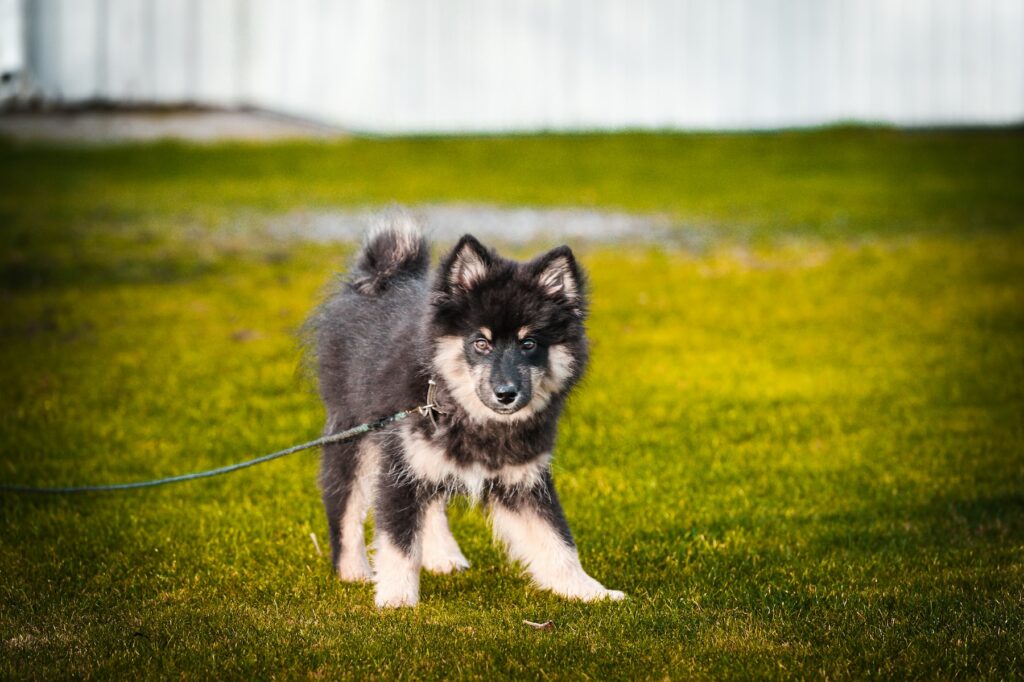![The ‘Giveaway Piggy Back Scam’ In Full Swing [2022]](https://www.cjco.com.au/wp-content/uploads/pexels-nataliya-vaitkevich-7172791-1-scaled-2-683x1024.jpg)

Unlocking Zero-Shot Segmentation Potential with Stable Diffusion Models

As Seen On
Semantic Segmentation and the Potential of Stable Diffusion Models
Semantic segmentation, an integral operation within image processing, is pushing the envelope of advancements in numerous technology sectors. From medical imaging to autonomous driving, the ability to interpret images and divide them into multiple segments is undeniably crucial. Notably, recent evolutions have been witnessed in the less-charted territory of zero-shot segmentation – a challenging yet promising endeavor to segment images featuring unknown categories, as oppositely befitting in the realm of supervised semantic segmentation.
The robustness of zero-shot segmentation is powerfully manifested in the instance of SAM, a neural network which is meticulously trained with an astonishing volume of 1.1 Billion segmentation annotations. The praiseworthy result has been a significant enhancement in zero-shot transfer utility to an indiscriminate range of images.
Strides in the sphere of unsupervised segmentation further amplify the imperative relevance of such advances. Traditional woes of laboriously collecting labels for each pixel are addressed through these pioneering explorative techniques. The game-changing epiphany here is the stable diffusion (SD) model, a remarkable propulsion in generating high-resolution images through impeccable prompting strategies.
Notably, the advent of DiffSeg has enunciated a steadfast answer to creating segmentation masks. Assembling three major components – namely attention aggregation, iterative attention merging, and non-maximal suppression – DiffSeg has proven its mettle in methodically tapping into the plethora of 4D attention tensors.
This subtle blend and smooth orchestration of processes make DiffSeg a favored alternative to the erstwhile clustering-based segmentation algorithms. This preference is not without empirical evidence, as the superior performance of DiffSeg is eminently noticeable on two mainstream datasets, COCO-Stuff-27 and Cityscapes. These accomplishments serve to build upon earlier methodologies in the field.
The primary takeaway from this exploration is the avid potential and tangible benefits of employing stable diffusion models within zero-shot segmentation. This innovation offers renewed promise, more vivid images, and opens up a wealth of possibilities for a multitude of applications.
As we carve this new epoch of segmentation and imaging, we invite our readers to delve into their experience and share thoughts on employing stable diffusion models for zero-shot segmentation. With an eager eye on the future, stay abreast with us as we unfold more advancements in this swiftly progressing field.
Indeed, stable diffusion models, zero-shot segmentation, DiffSeg, and Semantic Segmentation are sectors of AI research echoing an exciting promise of future visual processing technologies that are ripe for discovery.
Casey Jones
Up until working with Casey, we had only had poor to mediocre experiences outsourcing work to agencies. Casey & the team at CJ&CO are the exception to the rule.
Communication was beyond great, his understanding of our vision was phenomenal, and instead of needing babysitting like the other agencies we worked with, he was not only completely dependable but also gave us sound suggestions on how to get better results, at the risk of us not needing him for the initial job we requested (absolute gem).
This has truly been the first time we worked with someone outside of our business that quickly grasped our vision, and that I could completely forget about and would still deliver above expectations.
I honestly can't wait to work in many more projects together!
Disclaimer
*The information this blog provides is for general informational purposes only and is not intended as financial or professional advice. The information may not reflect current developments and may be changed or updated without notice. Any opinions expressed on this blog are the author’s own and do not necessarily reflect the views of the author’s employer or any other organization. You should not act or rely on any information contained in this blog without first seeking the advice of a professional. No representation or warranty, express or implied, is made as to the accuracy or completeness of the information contained in this blog. The author and affiliated parties assume no liability for any errors or omissions.

